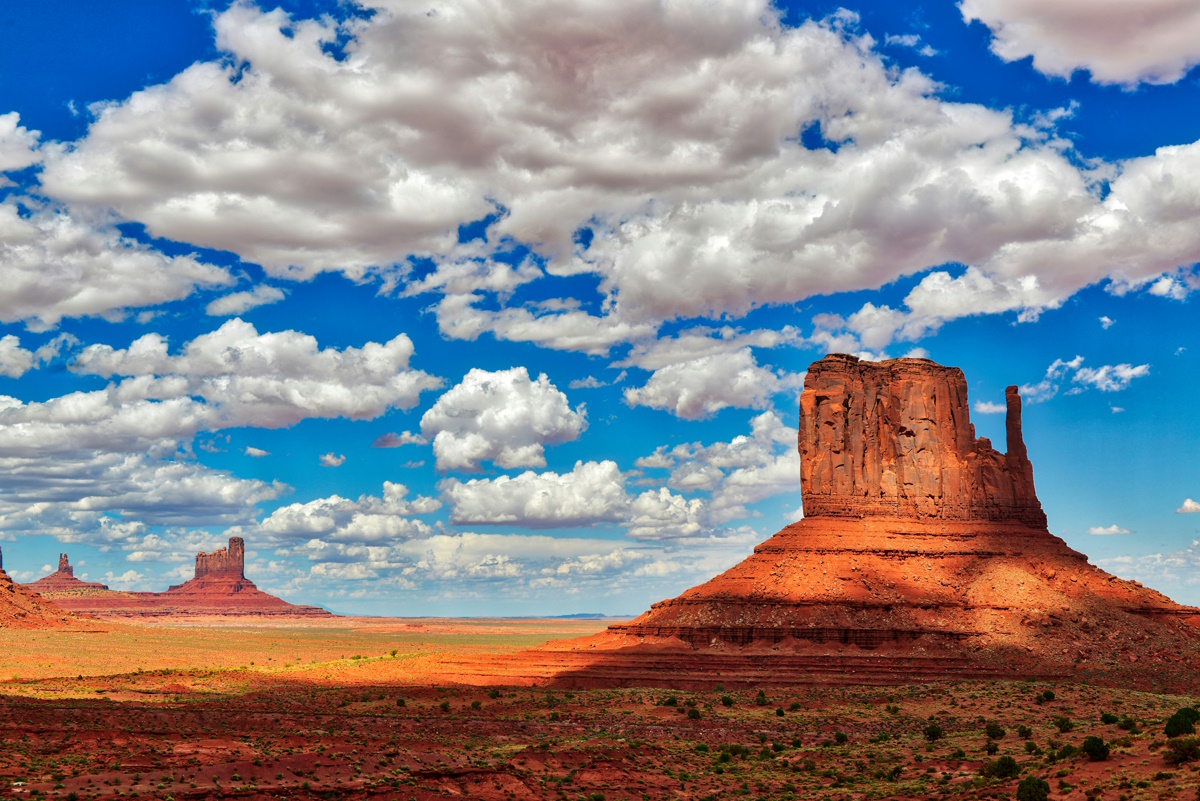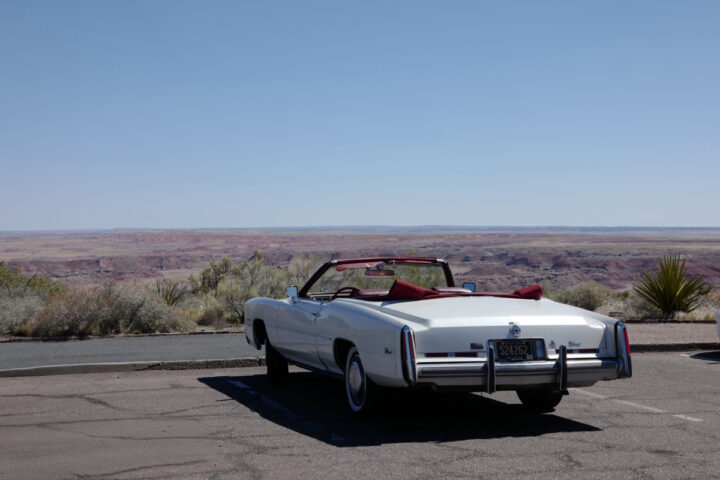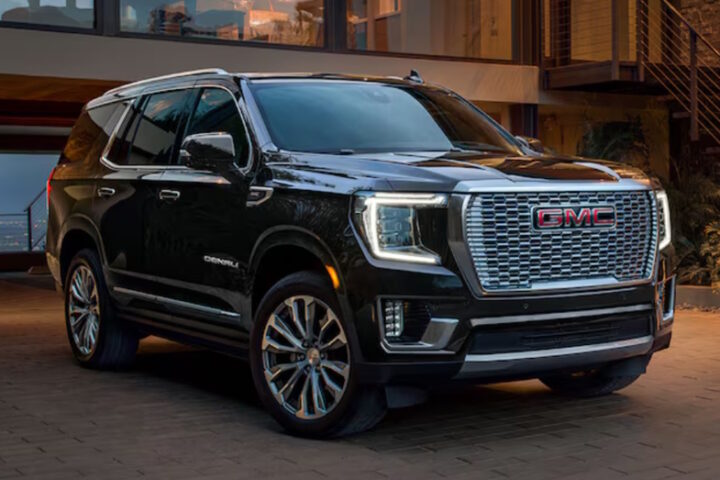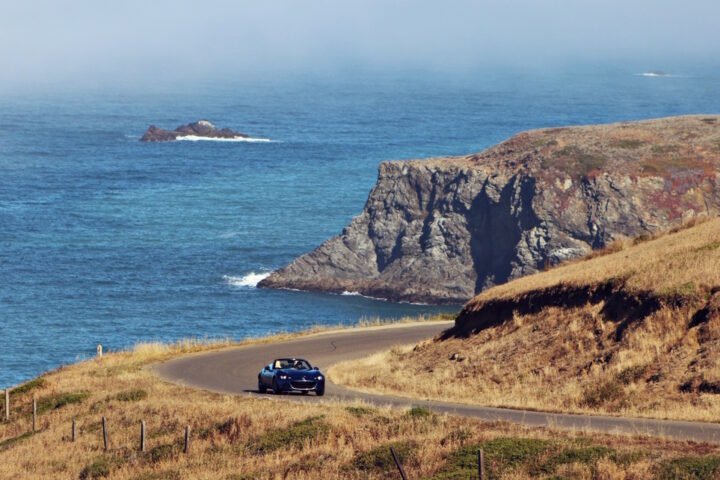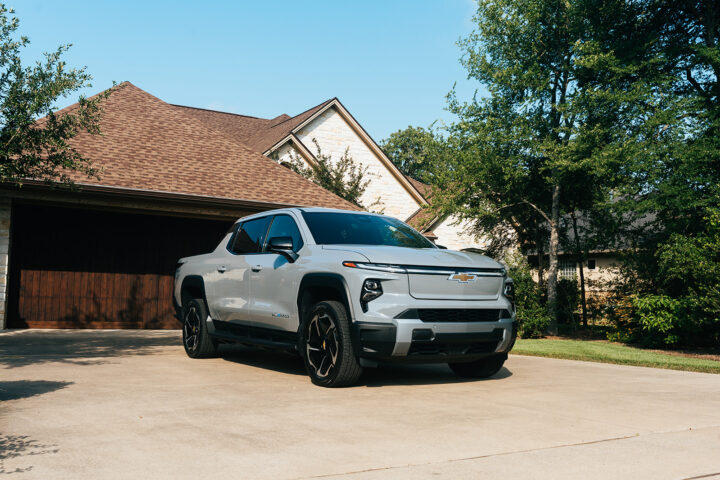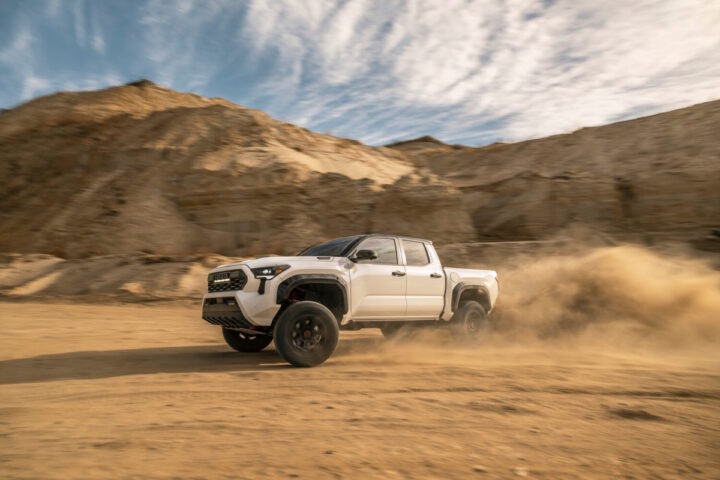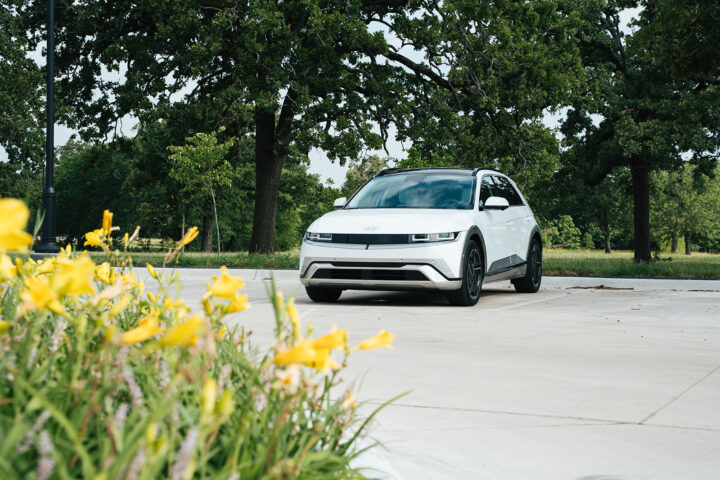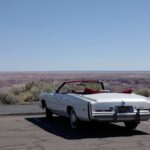Twice a year, we head to our office in Denver, Colorado because we make this trip too often we constantly seek new ways to and from Los Angeles to Denver. This time, we decided to take the long way and visit Monument Valley.
Embarking on a road trip from Denver, Colorado, to Monument Valley, with a detour to the Four Corners Monument and concluding in Moab, Utah, offers an unparalleled journey through some of the American West’s most iconic landscapes. This adventure spans approximately 650 miles, weaving through diverse terrains, historic sites, and breathtaking vistas.
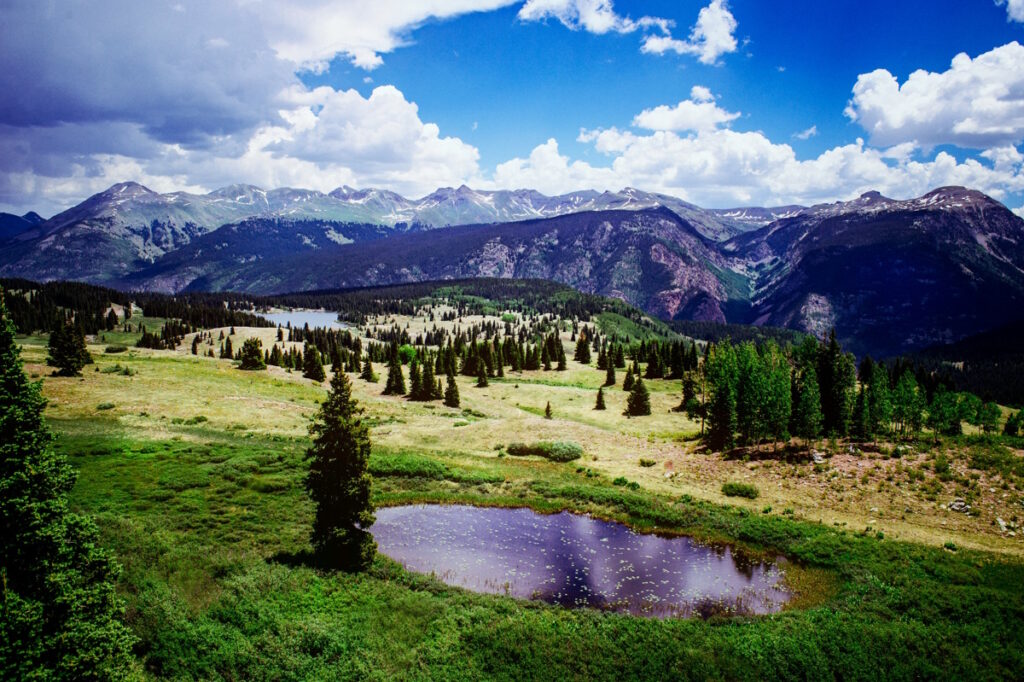
Day 1: Denver to Durango
Starting in Denver, the Mile-High City, set your sights southwest towards Durango. The drive covers about 330 miles and can be comfortably completed in 6 to 7 hours. As you depart Denver, consider a brief stop in Colorado Springs to visit the Garden of the Gods, where towering red rock formations create a dramatic backdrop against the clear blue sky.
Continuing south on I-25, transition onto US-160 West, leading you through the San Luis Valley. This route offers a glimpse of the Great Sand Dunes National Park, home to the tallest sand dunes in North America. A short detour allows for a hike or simply to marvel at this natural wonder.
As you approach Durango, the landscape shifts to lush forests and mountain vistas. Durango itself is a charming town with a rich history, known for the Durango & Silverton Narrow Gauge Railroad. An overnight stay here provides an opportunity to explore its historic downtown and perhaps enjoy a local brew.
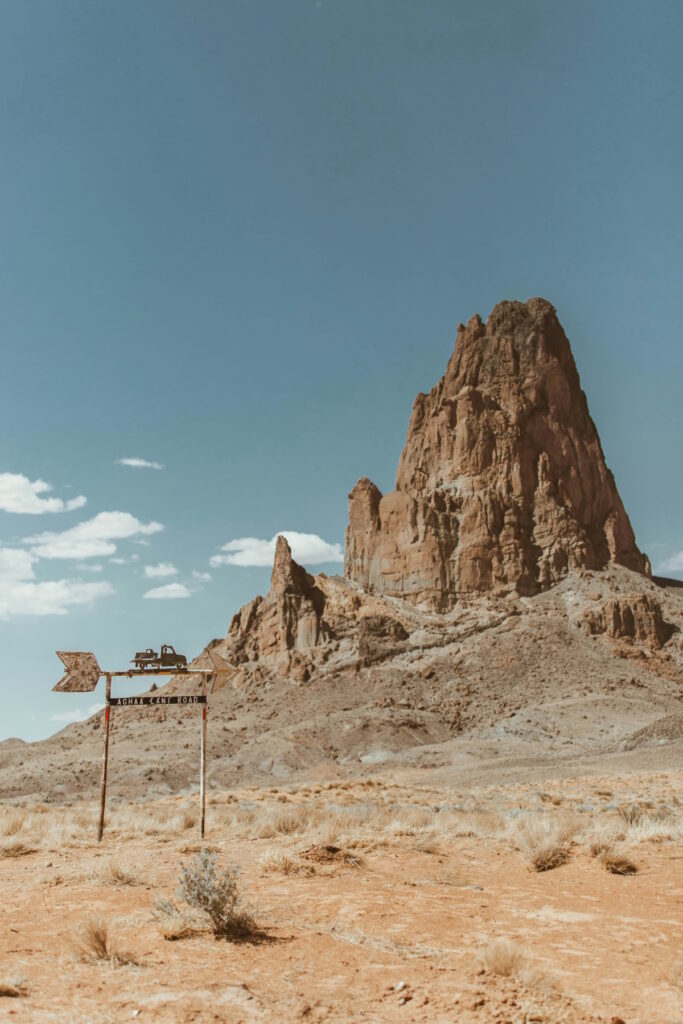
Day 2: Durango to Monument Valley via Four Corners
Departing Durango, head west on US-160 towards the Four Corners Monument, approximately 90 miles away. This unique landmark is the only point in the United States where four states—Colorado, New Mexico, Arizona, and Utah—converge. Standing at this quadripoint, you can simultaneously be in four places at once, a novelty worth experiencing.
After visiting Four Corners, continue on US-160 West into Arizona, then take US-163 North towards Monument Valley. The drive offers a preview of the iconic sandstone buttes that define this region. Upon arrival, consider checking into The View Hotel, which offers rooms with panoramic vistas of the valley’s famed formations.
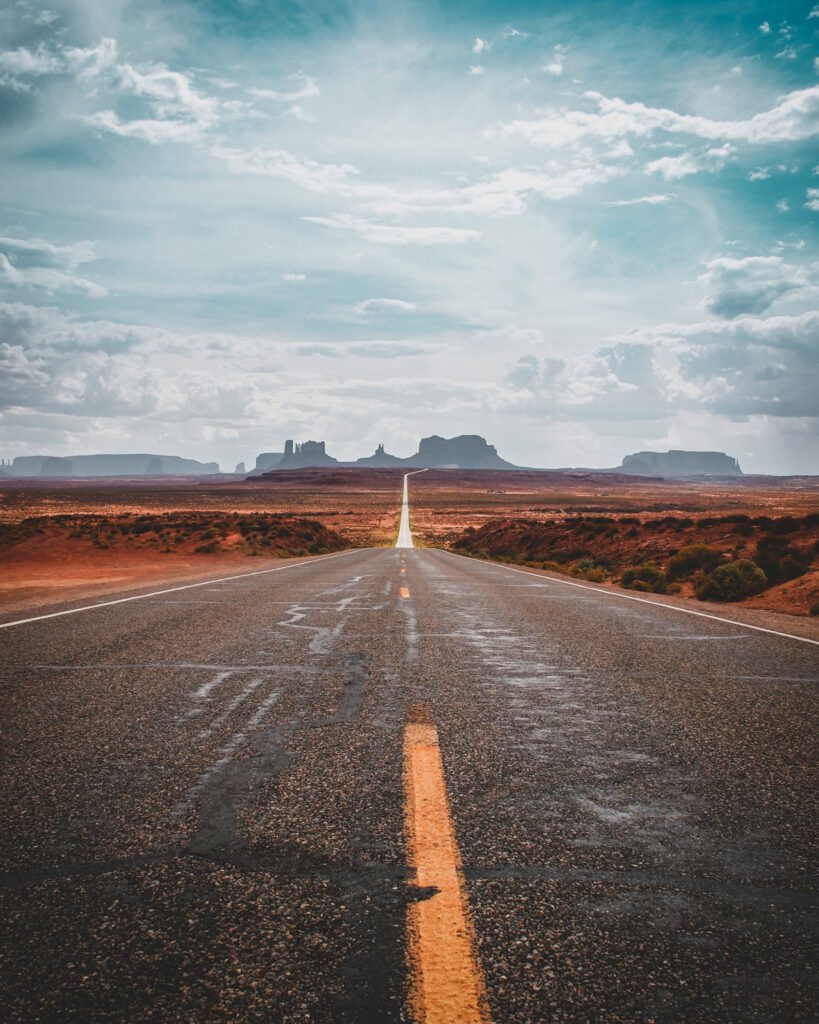
Exploring Monument Valley
Monument Valley Navajo Tribal Park captures the enduring beauty of the American Southwest. The 17-mile Valley Drive is a self-guided route that meanders through towering mesas, buttes, and spires. For a more immersive experience, guided tours led by Navajo guides provide access to restricted areas and share insights into the cultural and historical significance of the land.
One of the most photographed spots is John Ford’s Point, named after the legendary director who popularized Monument Valley in classic Western films. As the sun sets, the landscape transforms, with the red sandstone taking on deeper hues, offering a mesmerizing spectacle.
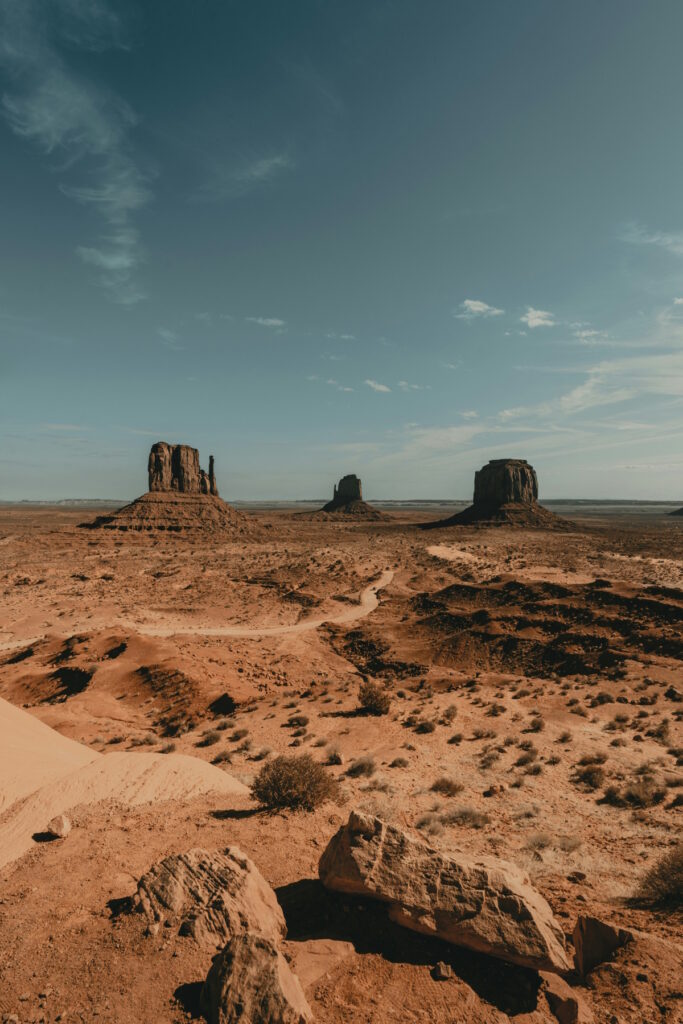
Day 3: Monument Valley to Moab
Leaving Monument Valley, embark on a 150-mile journey north to Moab, Utah, via US-191 North. The drive, approximately 2.5 hours, is punctuated with several noteworthy stops.
About 24 miles north of Monument Valley lies Mexican Hat, a small town named after a distinctive rock formation resembling a sombrero. A quick stop here provides a unique photo opportunity.
Further along US-163, consider a detour onto Valley of the Gods Road. This 17-mile gravel road winds through a series of stunning red sandstone formations, often compared to Monument Valley but less frequented by tourists, offering a more secluded experience.
Continuing north, Goosenecks State Park presents a dramatic view of the San Juan River’s meandering path, carving deep entrenched meanders into the landscape. The overlook provides a breathtaking panorama, showcasing the power of natural erosion over millennia.
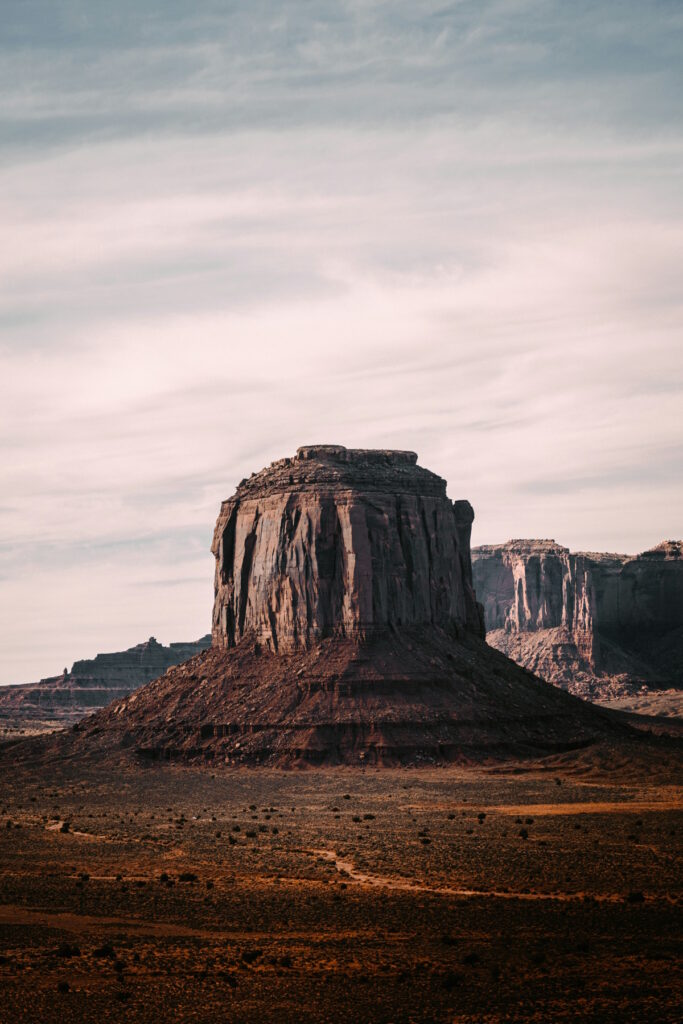
Arrival in Moab
Moab is a gateway to some of Utah’s most celebrated natural wonders. The town is vibrant, with various dining options, galleries, and outfitters catering to outdoor enthusiasts. Given its proximity to Arches and Canyonlands National Parks, Moab is an ideal base for exploration. If you haven’t driven your four-wheel drive, you can always rent one or sign up for a tour or off-road training course.
Exploring Arches National Park
Just a short drive north of Moab, Arches National Park boasts over 2,000 natural sandstone arches, including the famous Delicate Arch. The park’s scenic drive offers numerous pullouts with short hikes leading to various formations, such as Balanced Rock, Double Arch, and the Windows Section. For those inclined towards longer hikes, the Devil’s Garden Trail provides access to Landscape Arch, one of the longest natural arches in the world.
Exploring Canyonlands National Park
Canyonlands offers diverse landscapes divided into three districts by the Green and Colorado rivers. The Island in the Sky district, closest to Moab, features breathtaking overlooks accessible via short walks, such as the Mesa Arch Trail. For a more adventurous experience, the Needles district offers extensive hiking trails amidst colorful spires of sandstone.
Whether you’re a history buff, a photography enthusiast, or an adventure seeker, this route offers a rich and rewarding experience that will linger in your memory long after the journey concludes.

